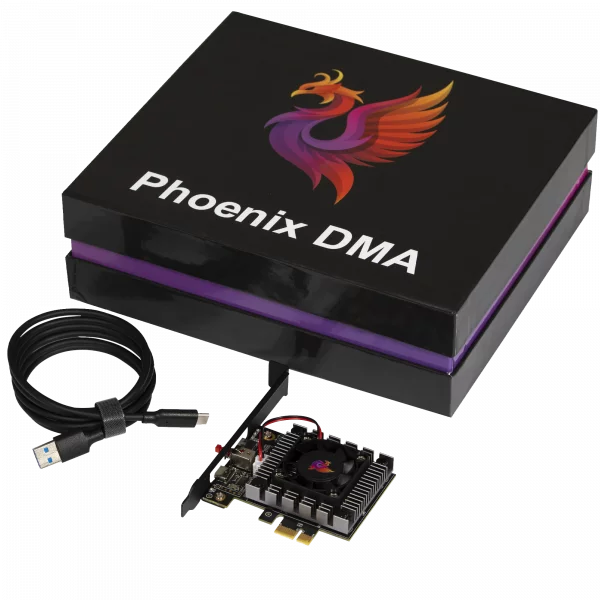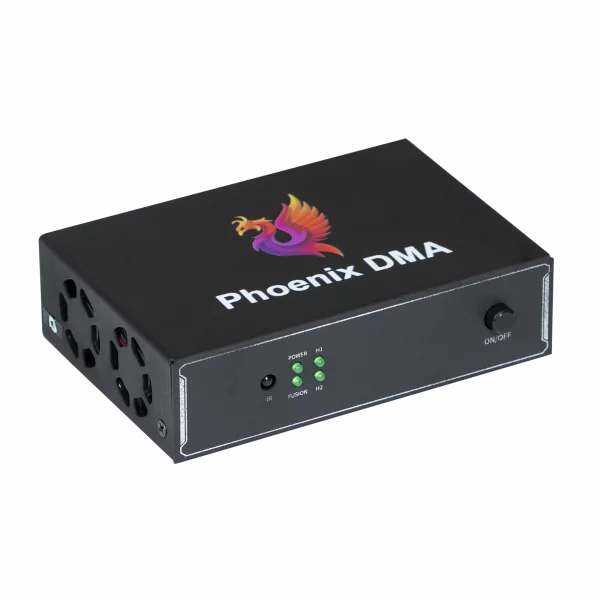How Kmbox Improves Data Flow and Processing
In the ever-evolving landscape of processing, successful information managing is vital for system efficiency and reliability. One essential engineering that considerably promotes that performance may be the Primary Memory Accessibility (DMA) card. 4k Fusers play an essential role in controlling data transfers between process memory and peripherals without burdening the key processing system (CPU), thereby streamlining operations and increasing overall process efficiency.

Typically, knowledge transfer between storage and peripherals like hard disks, network cards, and artwork controllers was handled straight by the CPU. This process, referred to as designed I/O (PIO), requires the CPU executing the information transfer orders, which uses considerable running time and resources. As a result, the CPU is entertained with data move tasks and may become a bottleneck, particularly in methods requesting high-speed knowledge transactions. That is wherever DMA cards come right into play. DMA is a method that enables peripheral units to talk immediately with the system storage, skipping the CPU. A DMA card, which properties the necessary circuitry and reason for this method, manages the info transfer procedures independently. That offloading of projects means that the CPU may focus on different important handling jobs, resulting in more efficient over all process performance. The advantages of using DMA cards are manifold. First and foremost, they somewhat improve system throughput by freeing the CPU from the duty of controlling knowledge transfers. This is particularly beneficial in systems with high-speed data needs, such as for example machines, gaming PCs, and knowledge exchange systems. By enabling peripherals to move knowledge directly, DMA cards lessen the latency and expense associated with CPU-managed transfers. More over, DMA cards lead to raised multitasking capabilities. In a multi-threaded setting, where multiple techniques or purposes are operating concurrently, the ability to manage data transfers separately guarantees that the CPU may allocate resources more successfully to various tasks. This results in smoother operation and less performance degradation under heavy fill conditions. Yet another essential part of DMA cards is their role in increasing system reliability. By managing data transfers autonomously, DMA cards reduce the likelihood of CPU-induced mistakes and system crashes. They also help advanced features like rush mode transfers, wherever big blocks of information are transferred in a single move, further enhancing performance and reducing enough time spent on knowledge handling.

In summary, DMA cards are a cornerstone of contemporary information managing technology. By enabling primary transmission between peripherals and program memory, they minimize the CPU from the burden of managing knowledge transfers. That results in increased program efficiency, better multitasking capabilities, and increased reliability. As computing demands continue to cultivate, the importance of DMA cards in ensuring successful and powerful information handling can not be overstated. Their position in optimizing knowledge transfer techniques makes them an indispensable element in both contemporary and potential research systems.